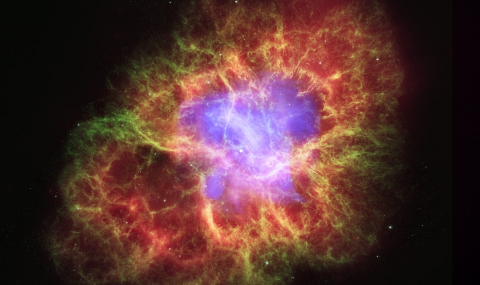A new solution to the long standing problem of type Ia supernovae
Type Ia supernovae are widely accepted to be the outcome of thermonuclear explosions of white dwarf stars. Their highly uniform emission properties make them one of the most important distance indicators in cosmology. The mechanism leading to white dwarf explosion is a long standing open question of theoretical astrophysics. We showed that the explosions are likely the result of collisions of these stars with each other at velocities of thousands of kilometers per second. This model is the first basic principles model of Ia explosions and the first that successfully addresses two of the most important challenges in the study of type Ia supernovae: Achieving a detonation ignition, and reproducing the observed broad range of 56Ni mass yields (56Ni decay is the energy source of the observed emission). The yield is found to depend on the age of the colliding stars, with weaker (lower yield) supernovae occurring preferentially in systems with old stellar populations.
We carried out accurate 3D calculations of a comprehensive set of collisions. The 3D calculations predicted a unique feature of the observed emission (bi-modal line profiles in the late time spectra), not predicted by any other model for these explosions. By carefully analyzing archival data, we discovered this predicted feature, providing direct evidence in support of the collision scenario.
In just a few years we have promoted the collision model from an exotic channel, thought to be too rare to be observed, to one of the leading candidates for type Ia progenitors.
I have been awarded 500K euro for the years 2017-2021 by the Pazi foundation to conduct the computational part of a project aims at direct comparison of the 56Ni distribution to observations.


